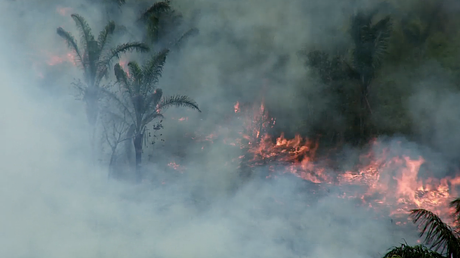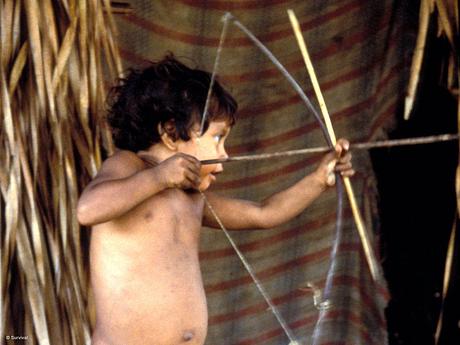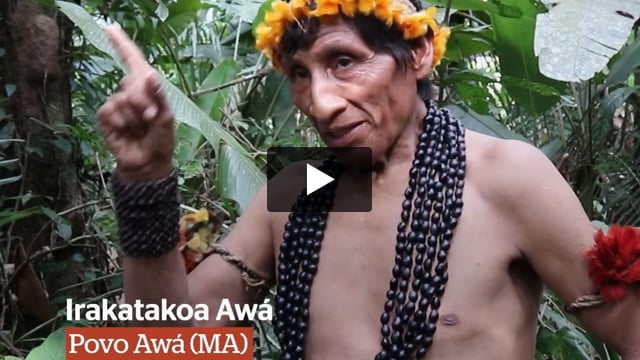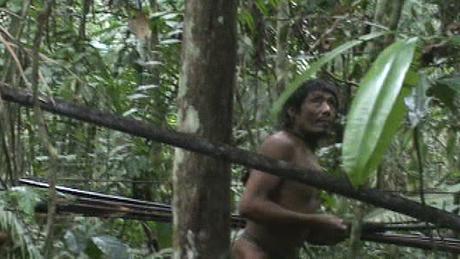Indígenas isolados ameaçados por incêndios na Amazônia
27 outubro 2017

Esta página foi criada em 2017 e talvez contenha linguagem obsoleta.
Queimadas estão devastando o Território Indígena Arariboia, na Amazônia maranhense, e ameaçando exterminar indígenas isolados do povo Awá.
Indígenas Guajajara vizinhos estão tentando conter o fogo e pedindo um maior apoio do governo.
Muitos estão preocupados que a atual onda de incêndios possa exterminar a tribo isolada e estão pedindo que medidas urgentes sejam tomadas.
Os Awá já sofrem grandes pressões de madeireiros ilegais que estão devastando seu território, uma ilha verde em um mar de desflorestamento.
As tribos isoladas são os povos mais vulneráveis do planeta. Povos como os Awá estão sendo dizimados pela violência de estranhos, e por doenças como a gripe e o sarampo, às quais não têm resistência. A menos que sua terra seja protegida, eles enfrentam uma catástrofe.
Entre aqueles que estão combatendo os incêndios, estão os bombeiros indígenas do centro de prevenção a incêndios do Ibama, “Prevfogo,” e membros dos “Guardiões Guajajara,” que vivem na área e frequentemente a patrulham a fim de reprimir a exploração ilegal de madeira, e protegem seus vizinhos isolados que vivem em fuga.

Kaw Guajajara, um de seus líderes, disse: “Os Awá isolados não vivem sem a floresta… Enquanto nós estivermos vivos, nós estamos lutando por todos nós aqui, pelos isolados, e pela natureza."
O papel dos Guardiões na proteção de sua floresta mostra o papel vital que os povos indígenas possuem na conservação da natureza, às vésperas da COP23 em Bonn, Alemanha, em novembro.
Povos indígenas como os Guajajara e Awá dependem e cuidam de seu ambiente há milênios. Evidências demonstram que os povos indígenas cuidam de seu meio ambiente melhor do que ninguém. Eles são os melhores conservacionistas e guardiões do mundo natural.
A Survival International, o movimento global pelos direitos dos povos indígenas, está pressionando o governo brasileiro para que este garanta que os incêndios em Arariboia sejam extinguidos urgentemente, e que todos os invasores sejam retirados do território.




